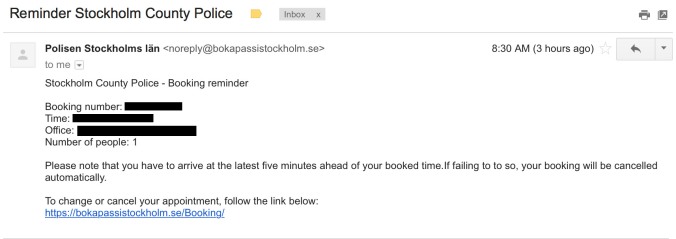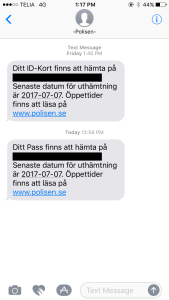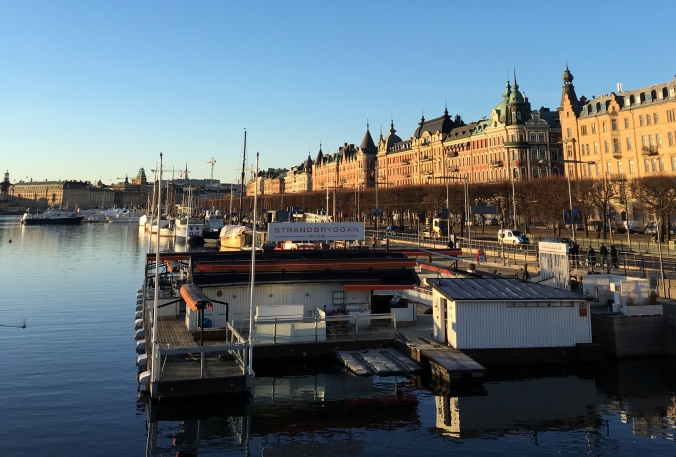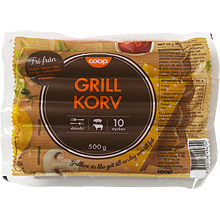So you’ve made the decision to visit Sweden, you’re thinking about moving to Sweden, or you have already arrived – now what? How does a foreigner with little to no knowledge of Sweden fit in – from my experiences and observations over the last year I have compiled a short list to help foreigners act/ look more Swedish.
1.) Acquire a Taste for korv
Korv, known to the rest of the world as a hot dog, is for some reason one of the most popular foods in Sweden. In grocery stores, korv has an entire aisle, and nearly every restaurant serves a form of korv. On average, Swedes consume at least one korv daily, so it is a great idea to acquire a taste. The good news – there is a korv for nearly every occasion – to name a few popular korvs – grill korv, falukorv, prinskorv, Jul korv, Tunnbrödsrulle (korv in a tortilla with potatoes), Potatiskorv, French korv, the list goes on and on. Korv is an institution in Sweden, there might even be a korv minister? Enjoy a few images of korv below.

A grillkorv

A French Korv
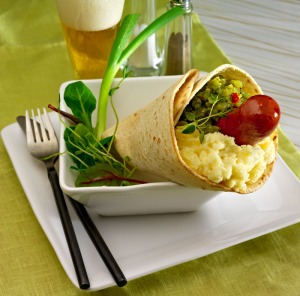
A Tunnbrdsrulle
2.) Start using walking poles
In Sweden it is almost impossible to get around without walking poles. I suggest after arriving in Sweden, go and purchase a high quality set of walking poles. While the public transportation within the city is quite good, using walking poles is a much better option for travel. No one really knows the point of using walking poles, but they are essential to have. I recommend watching this sweet video and learn how to properly walk with BungyPump.
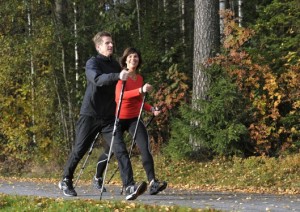
A Swedish person using BungyPump walking poles on a morning commute to work.
3.) Dust off your Chuck Taylor All Stars
Even though the rest of the world stopped wearing Converse shoes in the 1970’s, there are many sort of antiquated/ “old school” things people still do in Sweden. One of these things is wearing Converse Chuck Taylor All Stars. My recommendation – this is year round shoe, and Converse has found a great market and markup in Sweden – buy a couple of pairs before you arrive in Sweden. If you manage to get the hi-tops and low-tops in white, you are sure to be the envy of every Swede.

A Chuck Taylor All Star Hi-Top
4.) Prepare to queue up everywhere
Swedes have an odd obsession with queues. Every single place you go there is a queue. You must never disrespect the queue. Take a number and prepare to wait, patiently. Extremely patiently. No one is ever in a hurry in Sweden. From the bank, to the club, to government buildings, to the grocery store, to the post office, to restaurants, there will be a queue. Learning to wait patiently and quietly until your number is called is an absolute essential in Sweden.

The Swedish Lunchtime Queue
5.) If you don’t drink coffee, start now. If you drink coffee, start drinking more
Swedes love their coffee. More specifically they love to take a fika. Taking a fika typically means interrupting your work or leisure day several times to drink a coffee and eat Swedish pastries. A few notes about the fika – it is something that cannot be avoided, ever. The Swedish coffee is also 10x stronger than coffee everywhere else. A fika is best with ultra strong coffee and cinnamon buns.

A morning office Fika
6.) Purchase a tanning bed and a sleeping blindfold
In the spring, fall, and winter it is very rare to see the sun in Sweden. In order to combat the lack of sun I would recommend purchasing a tanning bed for your home or apartment. If a tanning bed is out of the question because your apartment is 23 meters squared, perhaps a large bottle of vitamin D pills will suffice. On the other hand, in the summer, the sun doesn’t go down. While this has certain advantages when at the club, etc. it also proves problematic when trying to maintain a normal sleeping routine. A sleep blindfold or mask of some sort is highly recommended.

Stockholm at noon during the winter months.
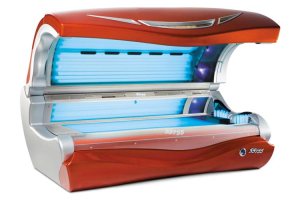
A Swedish tanning bed
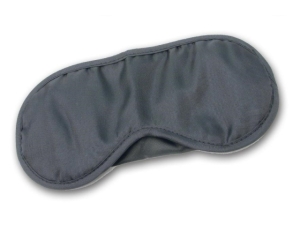
A sleeping blindfold
7.) Avoid eye contact
Swedes are generally very introverted and keep to themselves. If you meet a Swede on the street (driving, walking, etc.) you are not supposed to look at them, and never are you allowed to say hello. When you are waiting for the train, bus, etc. you are supposed to respect the individual “bubble” and keep your distance. Typically between 3 and 5 meters. On the bus and train, you are not allowed to sit next to anyone, the side-by-side seat configuration is only to enforce the personal space rule in rather confined quarters. This is important so I will reiterate the main points – no eye contact, no talking, wear headphones, look at your phone.

Waiting for the buss, like a Swede.
8.) Open a special savings account specifically for alcohol consumption
It’s no secret, Swedes like alcohol. To most Swedish people, paying 5-10 SEK for a beer in the store is normal, and paying 50-70 SEK for a beer at a bar is a deal – for others (like myself) at home I can purchase a round of beers for the bar for less than 100 SEK. Keep in mind alcohol sales are highly regulated by the government, and the only place to purchase alcohol is from the government controlled monopoly, Systembolaget. I recommend to start saving now so you can have an alcoholic beverage when you are in Sweden.
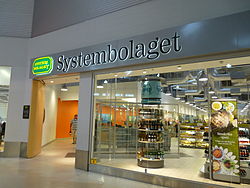
A Systembolaget store in Sweden

Perfectly organized beer in Systembolaget, most likely waiting in a queue
9.) Download Spotify, now.
If you don’t already have Spotify on your iPhone, iPad, and Macbook, you should probably just go home. The same goes for Candy Crush. It is hard to fit in with Swedes if you do not have a Spotify playlist to follow, or a Candy Crush level to compare. Swedes love their world exports, Spotify and King happen to be two notable institutions within the country. Furthermore, if you live in Sweden and you have Spotify and Candy Crush on your phone, you have some activities to engage in while you are avoiding eye contact on the daily commute. As I write this I am listening to Avicii, Tove-Lo, Alesso, and Zara Larsson, simultaneously – that’s how Swedish I have become.

Time to download Spotify
10.) You need a lot of coats
Contrary to popular belief, Sweden only has two seasons (white winter & green winter), just kidding, but you get the point. It’s cold here a lot. It rains here a lot. Swedes have this obsession with owning ridiculous amounts of coats – there is some saying someone once told me about “having a coat for whatever you are doing” or something like that. I would recommend bringing every coat you own, the weather often changes quickly and it is best to be prepared no matter what. 10-15 coats seems adequate.

A fairly typical day in Sweden, about an hour later the Swedes had the summer coats on.
If you follow these 10 simple tips, no one will know you are a foreigner. Check back to view some of the upcoming Surviving Sweden posts covering in more depth – how to properly cook a grillkorv, the correct meaning in Swedish of words like “slut,” “fart,” etc., as well as additional tips, and how to navigate the extensive candy (godis) aisle at the supermarket.
Cheers,
//Karl


